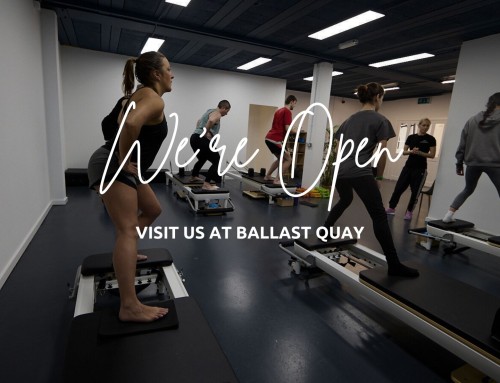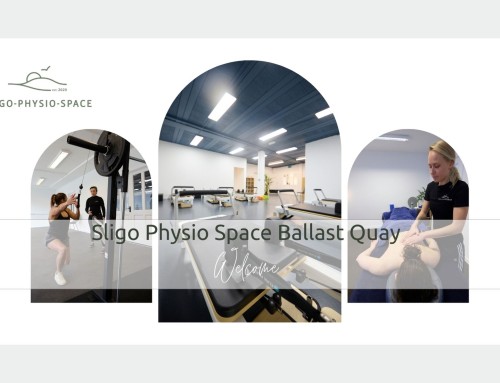Achilles Tendon Pain
Why do tendons cause pain?
Tendons transfer load from our muscles to bone. If we put too much load through a tendon and do this frequently then the amount of tissue breakdown starts to surpass the tissue synthesis. The structure of the tendon then starts to change and it can no longer deal with the load you put through it.
What are the symptoms of achilles Tendinopathy
Your Achilles pain comes on gradually after weightbearing activity such as walking or running. The pain can be worse in the morning and after rest. The tendon itself becomes tender if you squeeze it and it may feel thickened or swollen.
What is the treatment?
Physiotherapy is really important in managing your achilles pain. Unfortunately, they are slow to return to normal and You will need advice and assistance with how best to manage your symptoms. Basically, it will be a balance of managing the pain and loading the tendon appropriately.
The Science behind our understanding of Tendinopathy
- We no longer talk about tendonitis because the inflammatory process is not the main process involved in tendon issues
- Tendinopathy – is now the favoured term
- This is because in classic inflammatory disease- inflammation is the main driver of pain, this is not the case in tendinopathy
- Tendinopathy – mechanical overload is driver- although this can cause inflammation, but it also causes cellular changes
- There is some dispute but after a change in load there can be Inflammation in tendon – then with repeated loading – then you have a tenocyte response- and overtime – changes occur in the matrix
- Presence of macrophytes, inflammatory cells have been found in tendinosis
- Cell proliferation, proteoglycan, matrix changes and inflammatory mediators can alter cell signalling- leads to changes in tendons
- Hypoxia- drives neovascularisation
- Increased Vascularity can indicate inflammation
- Both of these can be present – hypoxia & increased vascularity
- Hypoxia dependent v hypoxia independent
Continuum model of tendinopathy Jill Cook
- Different stages of tendinopathy and this requires different treatment for each of the stages
- Reactive– cells are irritated by overload-Tendons are tensile- energy storage & release loads
- They also absorb compressive loads – especially in entesies= insertional achilles, especially if you load them at length you will compress against the bone & especially when combined with tensile loading, so energy storage loads at a long length- you will get both compressive & tensile loads
- Reactive – need to reduce both these loads-heavy slow loading/isometric to settle pain –
- Degenerative – can be asymptomatic – or settles after overload – patients have unloading strategies – loss of strength, power, energy storage capacity- then when attempt to load cant with pain – need to progressively strengthen & then tendon can allow load
- Reactive on Degenerative – it’s a reaction in the normal part of the tendon – but it’s the degenerative part that predisposes them to pain – management – settle tendon down – offload – then address deficits
Treating Tendinopathy with Alfredson Protocol
- Midportion & insertional require different approaches
- Midportion – gradual onset – eccentric strengthening into pain
- Insertional – modified – stop at floor level –
- 15 x3 Straight leg calf raise & Bent knee calf raise- x2 a day every day for 3 months- increase the load when painfree – add backpack- high level need weight machine
- However there is not strong scientific evidence for this protocol over other protocols
- Stanish– emphasise painfree versus – alfredson – painful
- Kongsgaard et al 2009 & 2010 emphasis on heavy gradual loading programs for tendons – start with 5rep max and progress to 6 rep max over 12 weeks.
- Other Interventions
- Sclerosing injection- at 2-3 year – follow-up – there was decreased satisfaction compared to those who did not receive injections
- High level athletes don’t do as well with injections- if they have ongoing issues, they are more likely to need surgery- although uncommon – stay outside the tendon –between the fat & the tendon-scrape the region-release the fat – quick return to sport- 4-6 weeks –
- Role of plantaris –medial pain in mid portion – found plantaris tendon closely related to achilles tendon- in one study they removed some of plantaris in surgery & clients became painfree
- Keep plantaris in mind especially when they complain of isolated medial mid portion achilles pain
- Difficult to see on Ultrasound
- Multiple cortisone tendons – problematic – high risk of rupture – cortisone- causes fat tissue necrosis, healing problems, infection problems, necrotic holes in the tendon
- PRP injections – not logical to inject any substances into the tendon
So if you are having trouble with achilles pain Get in touch or book an appointment for how to best manage it.
Also Check out my video on a few exercises for strengthening your calves.
by Sligo Physio Space, physiotherapist in Sligo.



